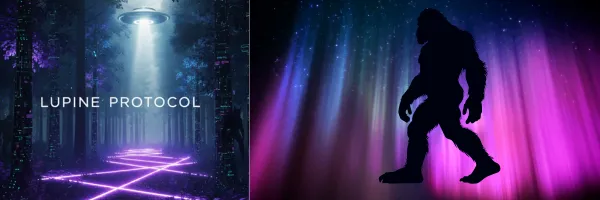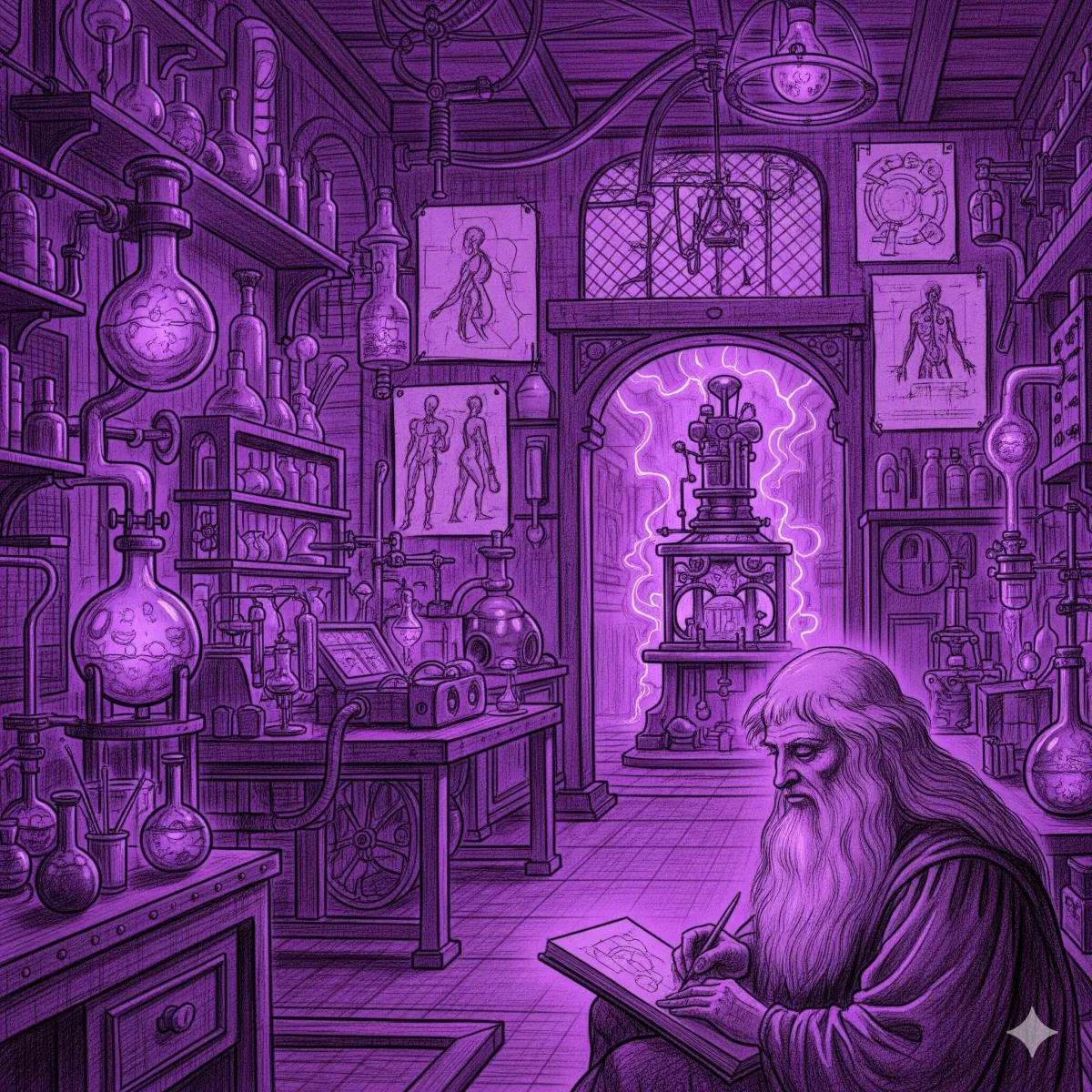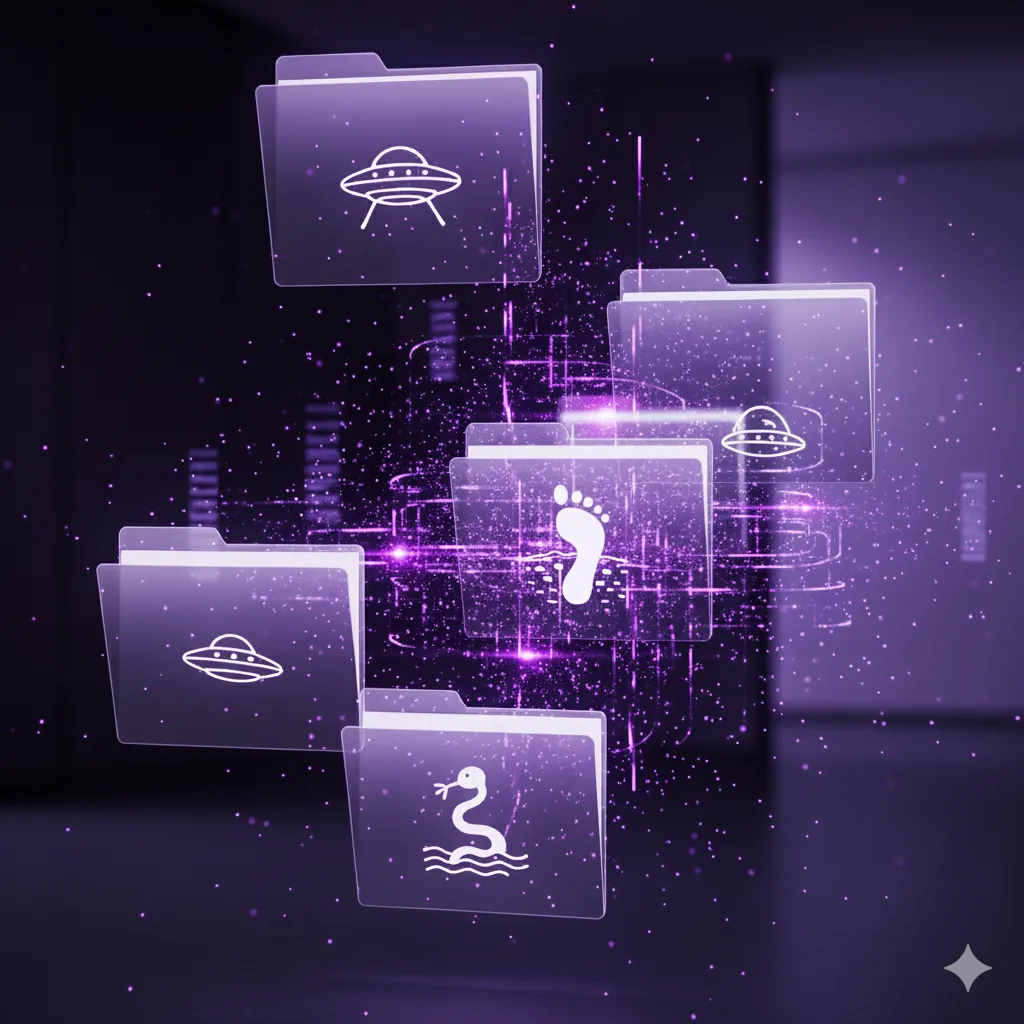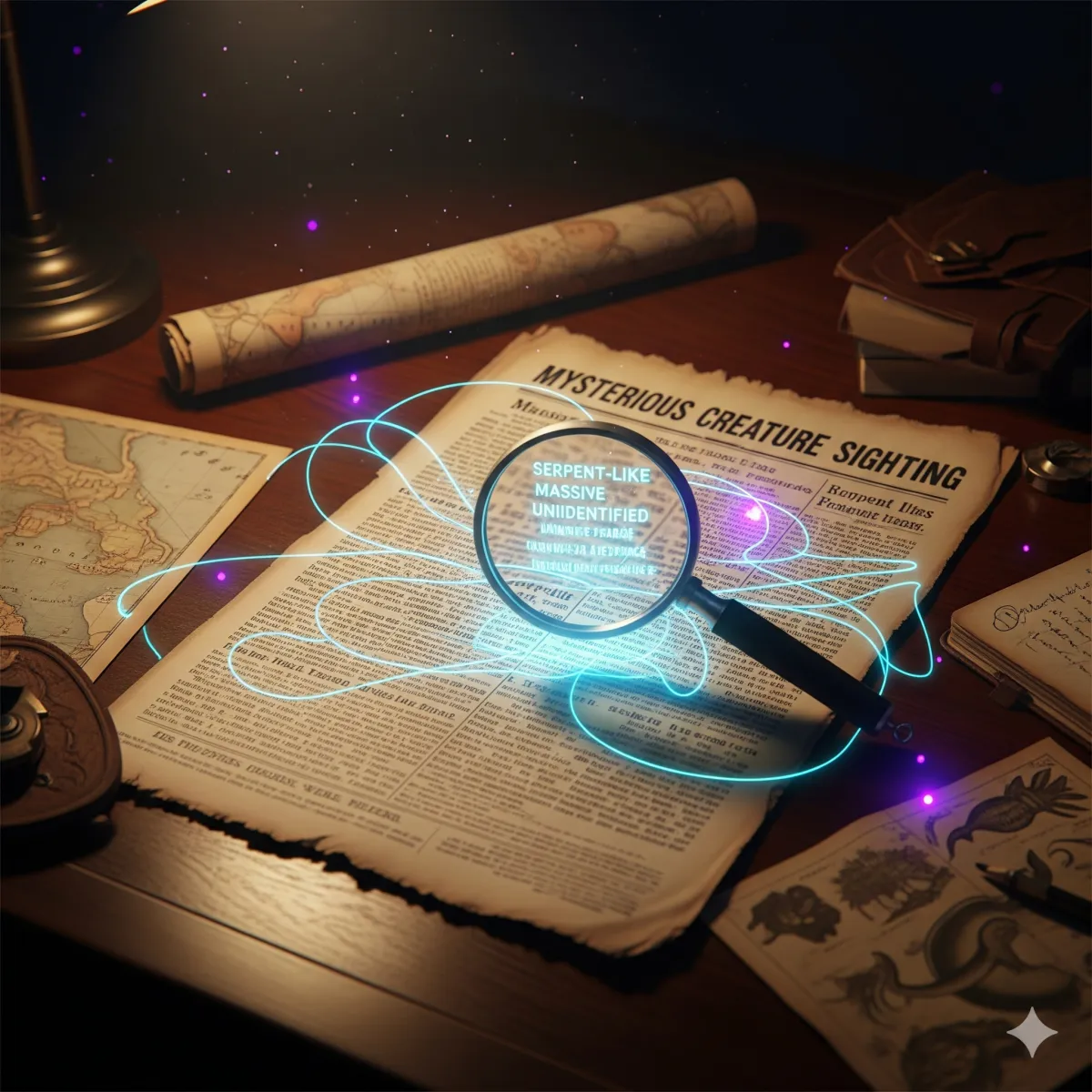In the height of the Cold War, a clandestine battle was fought not with missiles and covert agents, but in the boundless realm of human consciousness. While the world watched the skies, the United States government was pouring millions of dollars into a top-secret program to weaponize psychic abilities. This was Project Stargate, an audacious, twenty-year endeavor to create a legion of "psychic spies." Was it a visionary leap into the future of intelligence, or one of the most bizarre and costly blunders in military history? This is the declassified file.
Genesis: A Psychic Arms Race
The origins of Stargate lie in paranoia. By the early 1970s, intelligence reports suggested the Soviet Union was heavily investing in "psychotronic" research, attempting to harness psychic energy for espionage and military purposes. Fearing a "psi-gap," the CIA initiated its own program, headquartered at the prestigious Stanford Research Institute (SRI) in California. Physicists Russell Targ and Harold Puthoff were tasked with a singular, incredible goal: to determine if extrasensory perception (ESP), specifically a phenomenon they termed "Remote Viewing," was real and could be reliably controlled.
The Method: Remote Viewing Protocol
Remote Viewing was not chaotic fortune-telling. It was a strict scientific protocol designed to shield the "viewer" from any sensory information about the target. In a typical double-blind session, a viewer would sit in a sealed, featureless room with a monitor. A separate "outbounder" team would be sent to a randomly selected geographic location. At a designated time, the viewer would attempt to perceive and describe the target location, sketching impressions and verbalizing data that was recorded and transcribed. The goal was to produce objective, verifiable information that could not be obtained through any other means.
"The data from these sessions was often a baffling mix of abstract sketches, sensory feelings, and sometimes, shockingly precise details that defied all conventional explanation."
The Key Players: The Psychic Spies
The program's success depended entirely on the abilities of its core group of viewers, a diverse collection of civilians and military personnel who demonstrated remarkable psychic aptitude.
Ingo Swann
A New York artist and researcher, Swann is often called the "father of remote viewing." He was instrumental in developing the very protocols used in the program and was known for his astonishingly accurate sessions, including famously describing rings around Jupiter months before the Pioneer 10 probe confirmed their existence.
Pat Price
A retired police commissioner, Price was one of the program's most naturally gifted and accurate viewers. In one legendary session, he located and described a top-secret Soviet R&D facility at Semipalatinsk, detailing building layouts, a giant gantry crane, and even reading file folder labels—all later confirmed by satellite reconnaissance.
Joseph McMoneagle
Known as "Remote Viewer 001," McMoneagle was a decorated Army Intelligence Officer. His military discipline made him a consistent and reliable operator. He participated in hundreds of sessions, credited with locating a kidnapped US general in Italy and identifying the secret construction hall of a Soviet Typhoon-class submarine.
Shutdown and Legacy
Despite numerous documented successes, the program was plagued by inconsistency. For every stunning "hit," there were sessions that produced vague or incorrect data. In 1995, after a critical evaluation by the American Institutes for Research, the CIA officially terminated Project Stargate, concluding that it was not a reliable intelligence-gathering tool.
However, the story did not end there. With its declassification, the Stargate files entered the public domain, revealing the true extent of the government's research into the paranormal. Many of the program's key viewers went on to create private training institutes, teaching remote viewing to the public. The legacy of Stargate is a complex one: a testament to the government's willingness to explore the fringes of science, and a trove of officially documented data that continues to challenge our understanding of reality. The program that began in secrecy now fuels an open, and often heated, debate about the true potential of the human mind.












